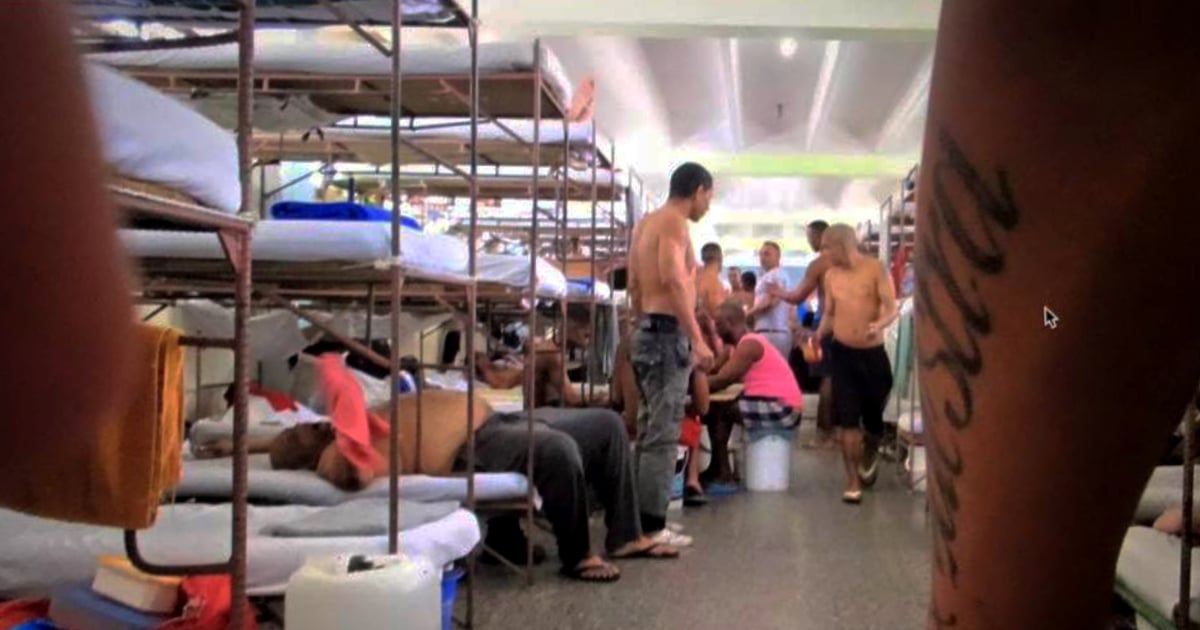
According to a recent report by the Cuban Observatory of Human Rights and the independent media outlet elTOQUE, at least 95 people have died in Cuba in the past five years at the hands of law enforcement, including over 40 inmate deaths in 2024.
The document highlights that, in addition, 287 people have been victims of non-lethal police violence during the same period.
The report is the result of extensive data collection based on complaints made on social media, reports from organizations such as Cubalex, Justicia 11J, and Prisoners Defenders, as well as testimonies from family members.
The study defines "police violence" as the improper or excessive use of force by state agents, which includes physical assaults and violations of human rights, particularly within the Cuban prison system.
According to the report, these aggressions are specifically aimed at those who publicly oppose the government, increasing risks for dissidents and political prisoners. "Violence does not only occur when someone dies; there are violent acts that go unnoticed and are constant within the prisons," the authors note.
The report highlights the obstacles to obtaining accurate data due to the lack of transparency from Cuban authorities. According to the authors, this "limits public debate and hides the reality under the rug," making it difficult to highlight the seriousness of these cases.
At least seven types of physical violence have been identified between 2018 and 2023: sexual abuse, arbitrary detention, extrajudicial executions, denial of medical care, death in custody, use of firearms, and excessive use of force.
Among the most alarming cases is that of Aiser Roque Rivero, a 17-year-old who died in February 2023 while in police custody in Villa Clara. His family questions the official version of suicide, and his father, Yoan Roque, maintains that Aiser lived under constant harassment after participating in the protests on July 11, 2021.
Witnesses claim that the young man was found dead under suspicious circumstances after announcing that he would stage a protest against his captors. "The state is responsible for the safety of detainees, but in many cases, this responsibility is ignored," the report emphasized.
The report also documents other cases of deaths under state custody. Of the 95 recorded fatalities, 76 occurred in detention centers, with causes including suicides, untreated medical conditions, and, in some cases, the use of lethal force.
Cuban authorities have remained silent or downplayed the significance of these incidents, and according to the report, those responsible face sanctions only on rare occasions.
One of the most shocking cases of police impunity is the acquittal of sublieutenant Yoennis Pelegrín Hernández, who fatally shot protester Diubis Laurencio Tejeda during the protests that took place on July 11 in Güinera.
On the other hand, violence is not confined to detention centers. In the last five years, 17 people have died in public spaces following interactions with security forces.
An example is the case ofZinedine Zidane Batista Álvarez, a teenager who died in July 2022 after being shot by a police officer.in Santa Clara. The report notes that the young people who participated in the protests on July 11, like Zinedine, have faced ongoing harassment and aggression from the authorities.
In addition to the deaths, the report documents numerous cases of non-fatal violence. The demonstrations on July 11 and 12, 2021, were particularly violent, with 129 out of the 395 recorded incidents of police abuse occurring during these protests. The excessive use of force, violent arrests, and sexual abuse are noted as recurring practices in the handling of demonstrations and the detention of opponents.
The lack of transparency and state control over the media prevent these cases from being visible, which, according to the report, fosters impunity and exacerbates the vulnerability of citizens in relation to the authorities.
The protection of the image of security forces and the manipulation of official information regarding these incidents contribute to concealing the violence, the report concludes.
Filed under: